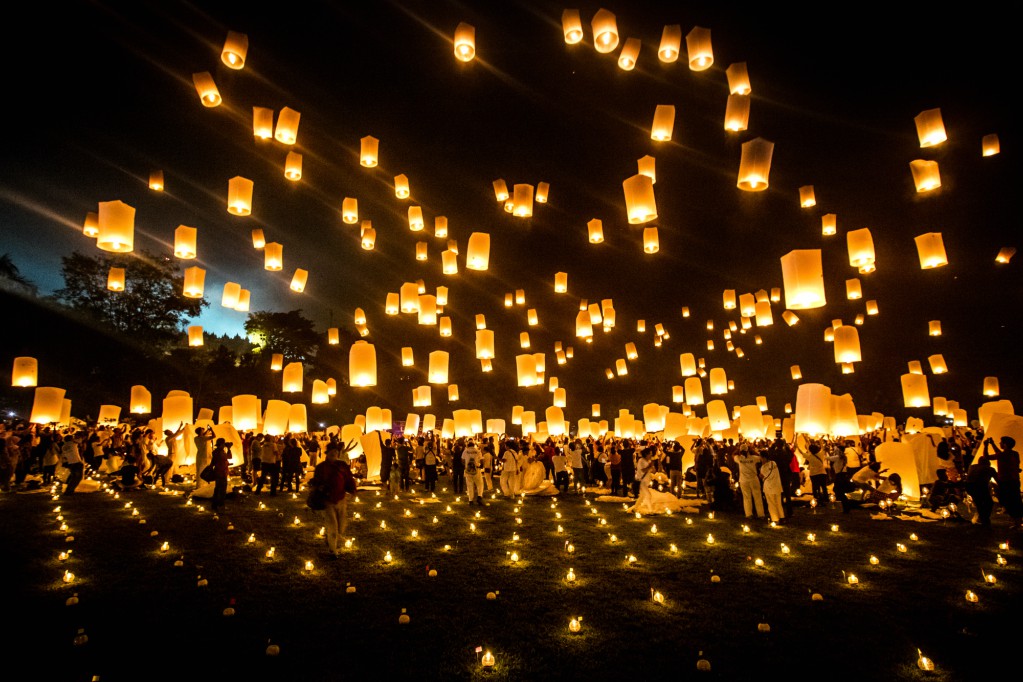Less is better
This minimalist photography advice is certainly something you’ve heard before, but it’s also important advice for all photographers. For instance, you wouldn’t want to just shoot at a chance crowd when performing street photography. It is preferable to pick just one intriguing topic or component from the scenario and concentrate on it. Instead, if you’re taking portrait photos, search for a background that is a single colour or neutral to let the person stand out. If it isn’t feasible, you may either blur the backdrop after the fact using Lightroom, or you can blur the background by reducing the depth of field. One of those photographic approaches is reducing visual clutter in your photographs, which may seem easy but actually demands focused effort.
Examine several angles
One of the biggest starting blunders is taking pictures of everything at eye level. You won’t ever discover something novel or unexpected by doing this because it’s how we all perceive the world on a daily basis. For instance, you can stoop down and tilt up your camera to take pictures from a lower angle. Low level changes are those that are subtle. The worm’s eye view is what you get after you descend all the way to the ground. On the other hand, you may take pictures of your topic from a great height. Because it makes children’s or animals’ eyes appear larger, this is frequently used on them. The bird’s eye view is what you get if you fly incredibly high.

Make your composition better
This relates to how you arrange the components of the frame. It could appear to be insignificant, but it might be the difference between a scroll-stopping and merely passable image. The rule of thirds is the first compositional principle that every photographer learns. It instructs you to draw two vertical and two horizontal lines to split your frame into nine equal portions. The most significant topics should then be placed where the lines meet. The grid on the majority of cameras and smartphones follows the rule of thirds. Besides that one, there are other additional compositional rules. It would be more correct to refer to them as recommendations because some of them even conflict with one another. So, go slowly and see which ones are effective.

Get out of automatic mode.
To get the outcomes you desire, take command of your camera. When you shoot in automatic mode, the camera makes all of the decisions. The aperture will determine the depth of field, or how much of your image is in focus. Before moving on to the next camera setting, use the aperture priority option to get the hang of this one. When photographing moving objects, shutter speed matters. It allows you to either capture a motion blur or freeze an object. You can practise without worrying about other settings if you use shutter priority mode. You should also read our tutorial on what shutter speed will blur motion. You should also become familiar with the exposure modes for scenes with plenty of contrast.
Never undervalue the ISO
The exposure triangle’s ISO setting is the one that gets the least attention. Even if you left it set to a high number during a prior picture shoot, it’s simple to forget it’s there when there is adequate light. In contrast, when it’s dark, people usually turn the camera up to its highest setting. Both of these actions constitute improper behaviour.The ISO should be as low as it can be. Depending on your camera, you should maintain the shutter speed and aperture at 50, 100, or 200 when there is adequate light to manage the exposure.
However, if necessary, you shouldn’t be hesitant to increase the value. As in nighttime photography. Amazing increases in sensitivity have been made by manufacturers.









Leave a Reply
You must be logged in to post a comment.